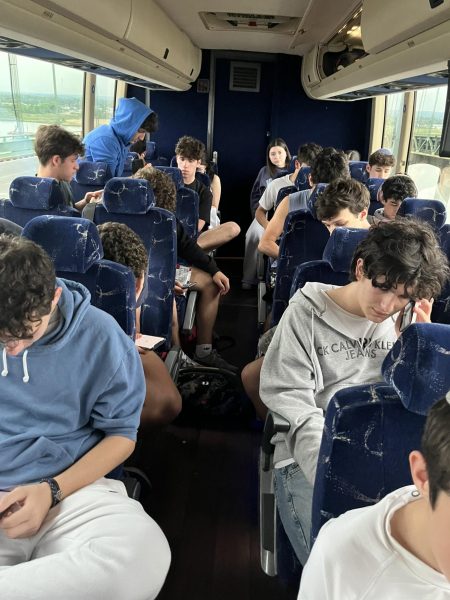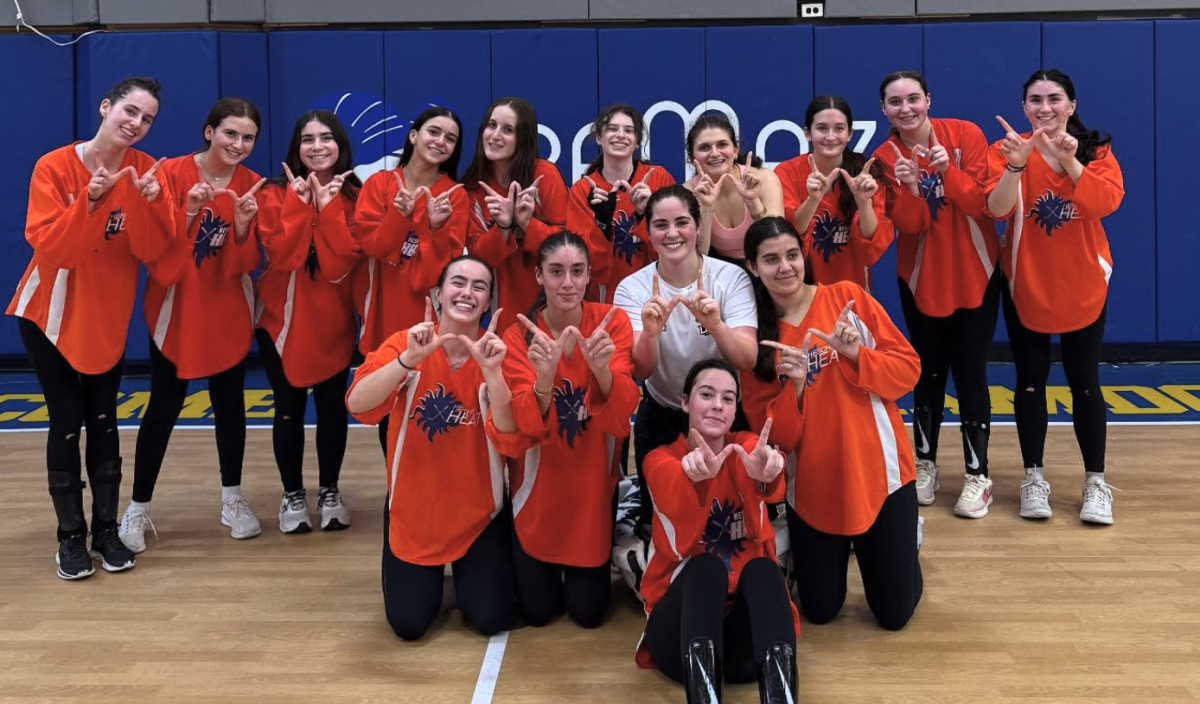After asking an audience, “At what age did your parents give you autonomy–for example, walking home from a friend’s house?” Jonathan Haidt, a New York University Professor and Author of The Anxious Generation, received varying answers. Boomers and Gen X responded to the question with ages 6, 7, or 8, millennials with ages 8, 9, and 10, and Gen Z with 10, 11, or 12. The age difference reported by the audience shows that since the 1980s, the inception of millennials, there has been a continuous progression to protecting kids even more in the real world. The decade of decadence—the 80s—was known for high crime rates and for creating the phrase ‘stranger danger.’
During the same period, the rise of personal technology, such as computers and phones, has contributed to under-protecting children and increasing engagement in the virtual world. Children have watched television since its introduction in the 1950s, but legislation like the Children’s Television Act of 1950 has protected them from harmful content. The Children Online Privacy Protection Act, passed in 1998 when the internet took off, created age verification systems that only require minors to check a box indicating they have requested permission from a guardian. Technology, like bottomless feeds and video games, has become more accessible to minors under 13 over the years, but legislation has not caught up with the rapidly advancing technology, leaving kids unprotected.
The American Time Use Study assesses time spent with friends in person daily across varying age groups. For ages 15-24, minutes have declined nearly 73%, with a high of around 160 minutes daily. COVID had no meaningful impact on the decline; it was already down 62.5% in 2019. This reflects a significant decrease of in-person engagement. Moreover, since 2001, there has been a continuous decrease in activities such as learning to drive, engaging in romantic relationships, or obtaining a job.
Where do teens spend their time instead? The average teenager spends 7-9 hours on their phone daily—over 40 hours a week; that’s more than the average hours of a full-time job. Although social media and video games are proven to provide consistent and bountiful dopamine hits, several studies have found a correlation between the increase in social media and video game usage to anxiety, depression, self-harm, and suicide, which are up over 158% on average, according to figures in The Anxious Generation.

This data reflects one key realization: with the introduction of computers, the internet, and phones, American parents and legislators have failed to protect kids from the threats of a virtual world while simultaneously discouraging and preventing them from engaging in the real world, thus fostering an anxious environment in the upcoming generations.
At Heschel, we currently have two strategies in place that are actively trying to reverse this. With school trips, the Shabbaton, Color War, Field Day, and more, we encourage inter-grade bonding and in-person interactions. At the beginning of class, some teachers collect phones. Yet, on the 10th grade Washington D.C. trip, as phones were handed back halfway on the bus ride back to school, the bus quickly turned from a singing party to dead silence. We do a relatively good job as a school, but there is clear room for improvement at Heschel, in the United States, and internationally.





